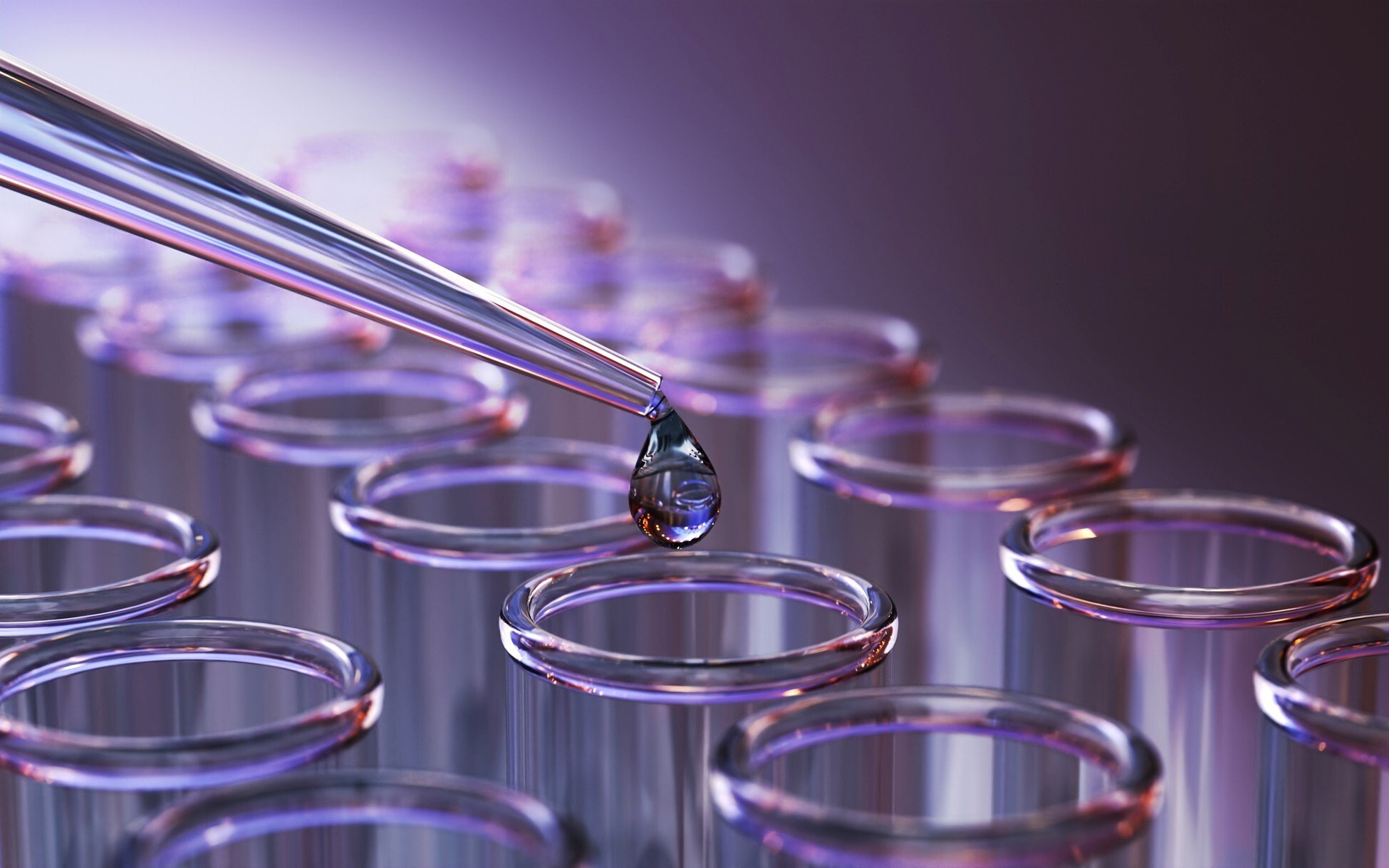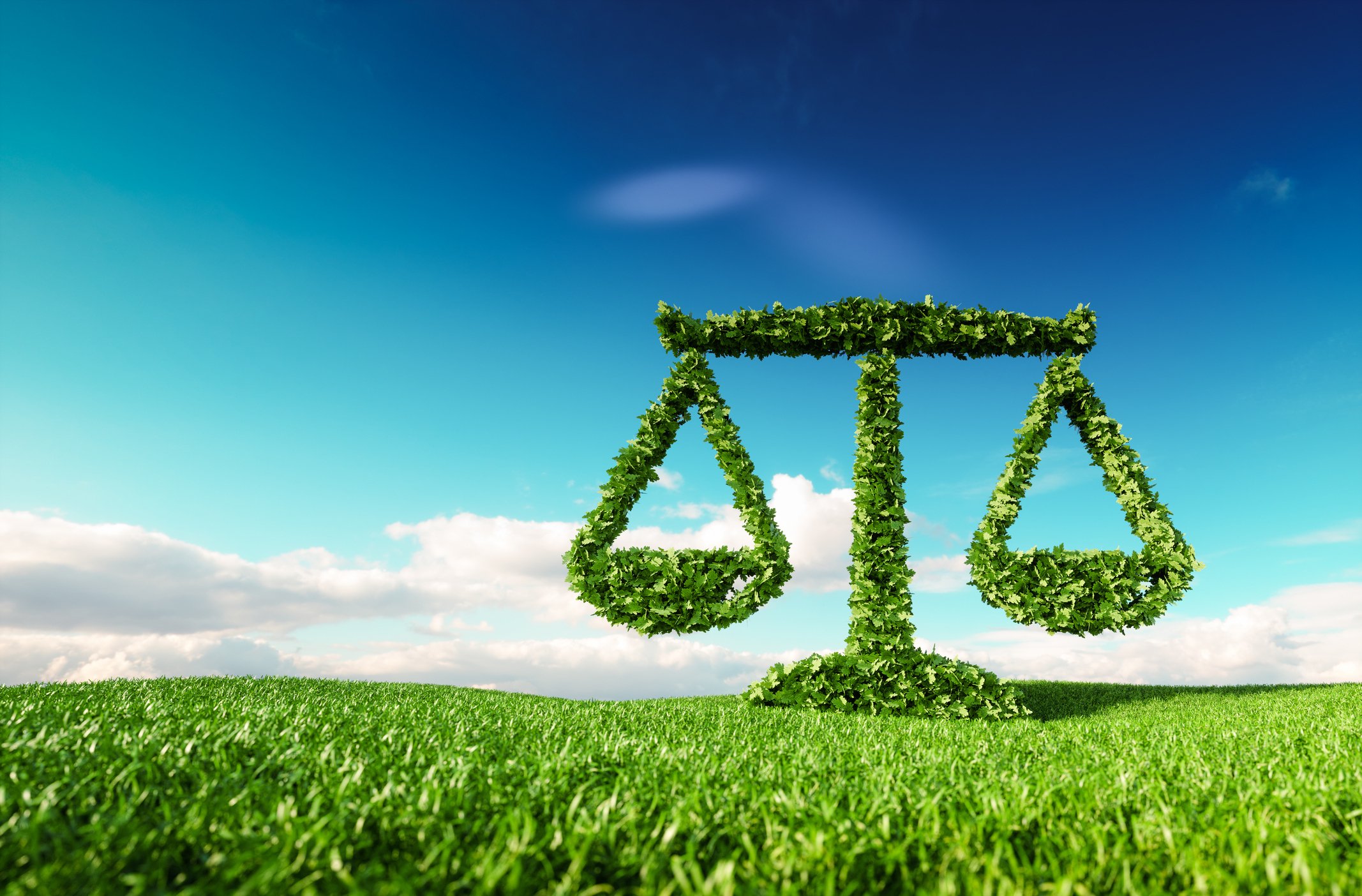Have you ever heard the term “mass balance” and thought… what does that actually mean?
You’re not alone. It’s a phrase often thrown around when considering more sustainable packaging, but it’s rarely explained in simple terms. And when it is, there is still a lot of confusion about the value. So, let’s try and break it down.
This is the basic principle behind mass balance.
So how does that apply to packaging?
Now imagine a factory that produces plastic resin. Traditionally, it would use 100% fossil fuel feedstock, such as crude oil. Now they want to reduce their environmental impact, so begin incorporating renewable feedstocks, such as used cooking oil or biowaste.
However, the challenge is they can not switch the whole system overnight. They can’t build entirely separate systems for each feedstock and the amount of renewable material available is still limited and cannot meet the total demand.
So instead, they mix the 2 feedstocks together, some fossil fuel and some from recycled or renewable sources, into one same system.
Once processed, the resins that are produced are chemically identical, regardless of the source. Just like our smoothie example, you can’t look at a final resin granule and tell which part came from crude oil or which came from waste oil.
However, by carefully tracking what goes in, it is possible to say that “this production batch was made with 30% renewable materials”.
That is mass balance in action: tracking the mass of materials going in and attributing it to what comes out.
Why does it matter?
Mass balance allows industry a practical way to
- Reduce environmental impact without needing to rebuild entire production lines
- Avoid requalification of materials, as performance stays the same
- Make verified sustainability claims when certified
- Track progress towards greenhouse gas (GHG) reduction targets
It’s a scalable step towards circularity in industries like healthcare where any change in packaging materials require rigours testing and approval.
But is it greenwashing?
Some people are still skeptical and worry that mass balance is cheating. This is understandable. After all, the final product may not physically contain any recycled content, even if the numbers and the paperwork say it does.
This is why transparency is critical.
With a certified chain of custody, such as ISSC+, every step of the supply chain is audited. These certifications provide data backed proof that renewable or recycled feedstocks were genuinely used, and to the amounts claimed. The system ensures that industry can’t claim more renewable content than they input. It builds trust through verification and not just marketing.
Final thoughts
Is mass balance perfect, perhaps not. However, for the moment it’s a practical way to bridge a transition between old and new systems. It allows meaningful change with minimal disruption.
Think of it as adjusting the smoothie recipe bit by bit until one day, it is made entirely from better ingredients.
It’s not about being perfect. It’s about progress.




